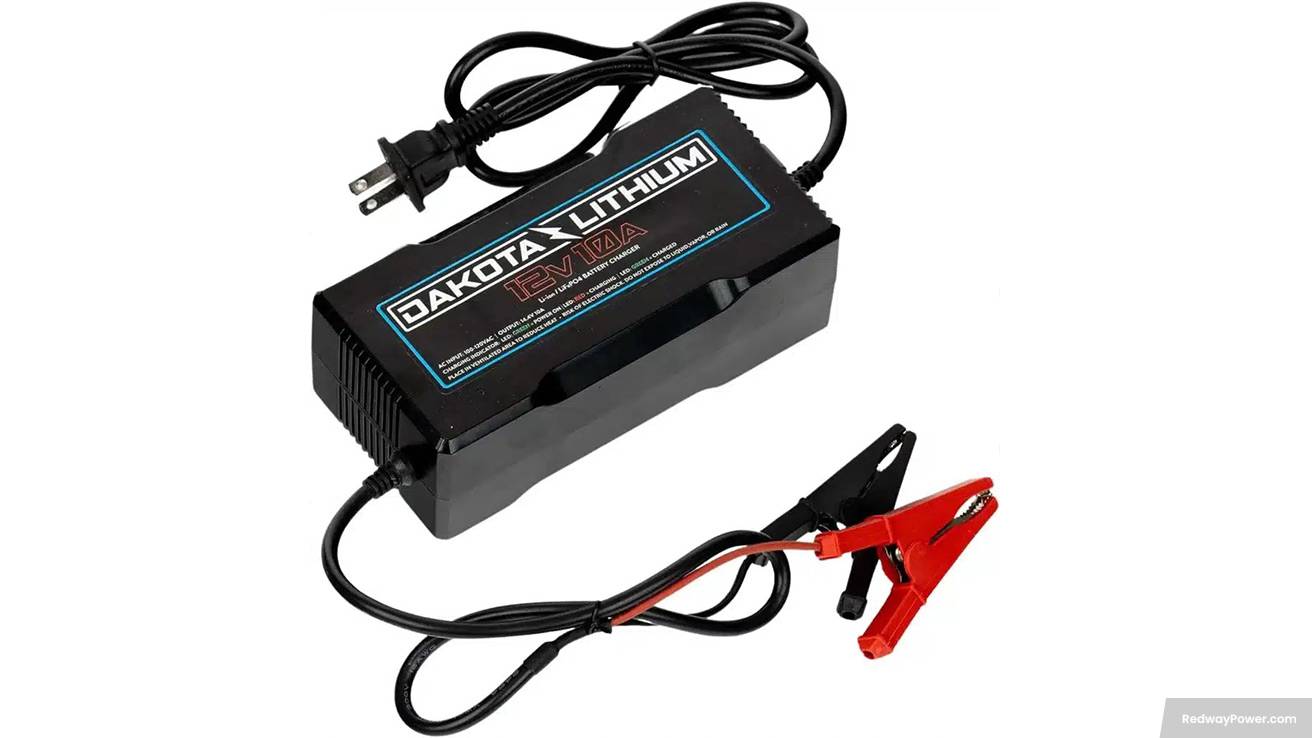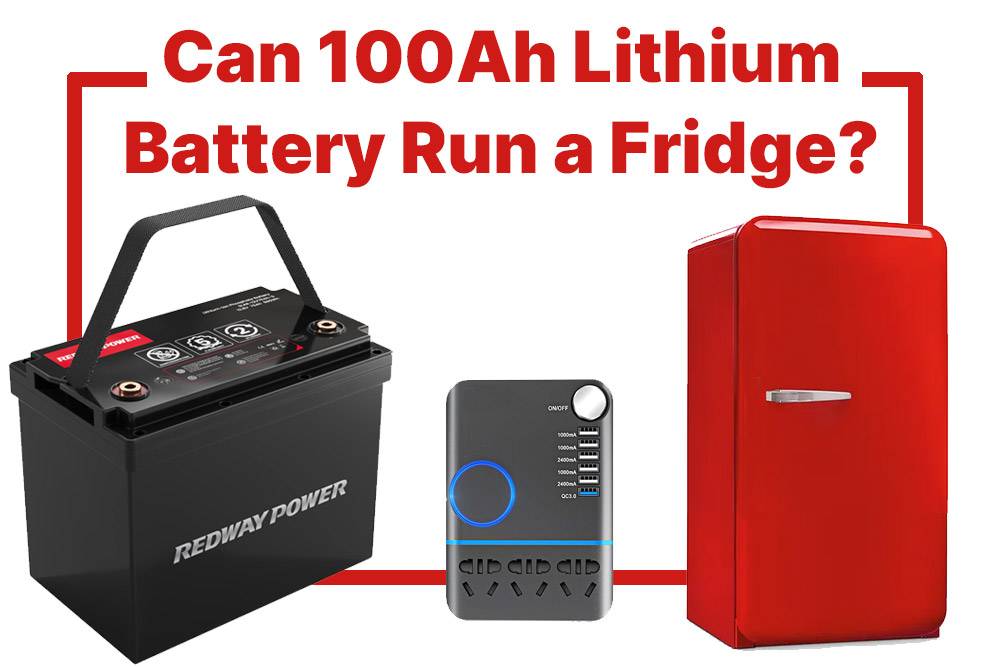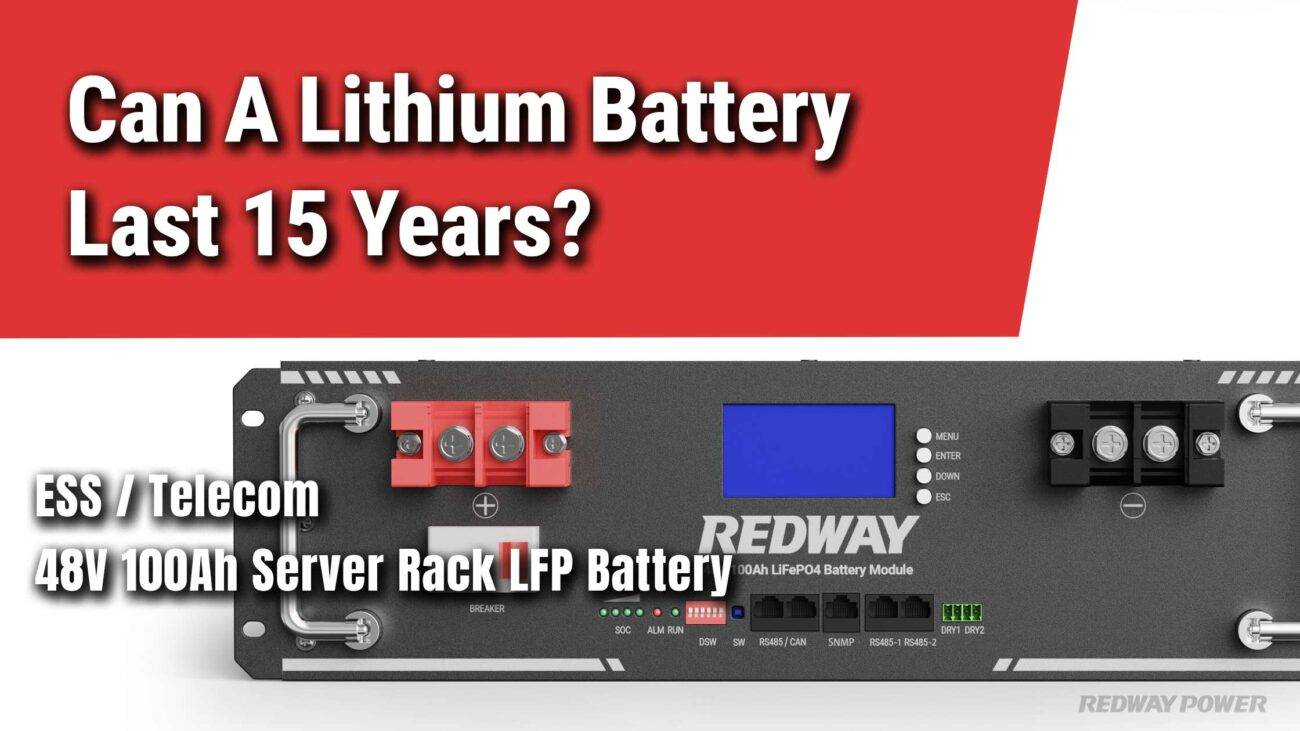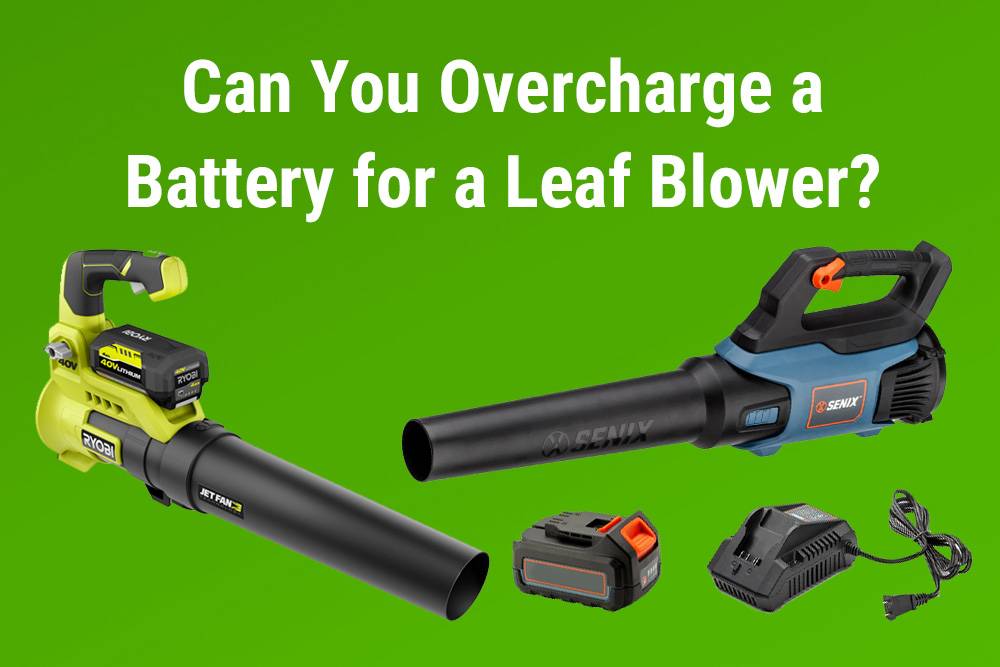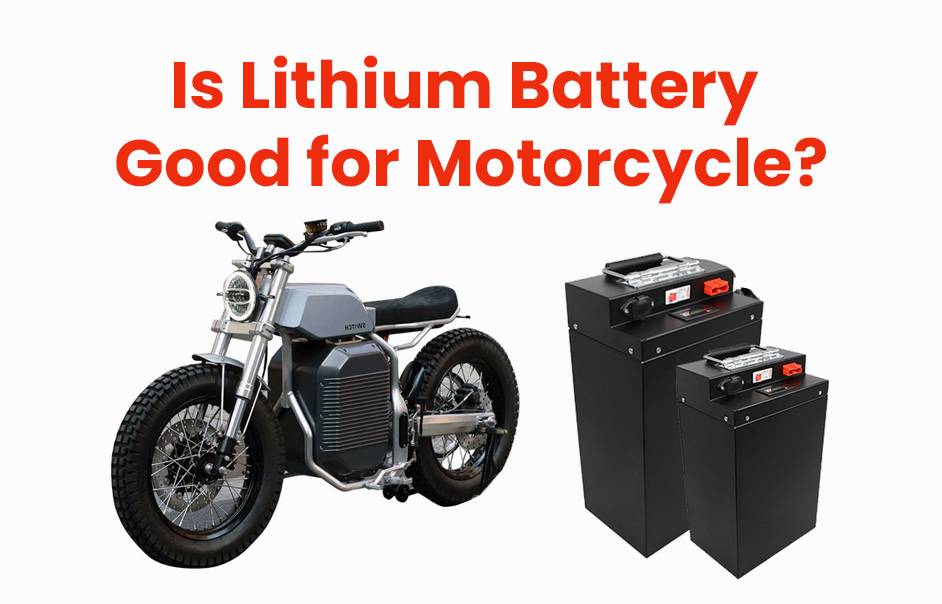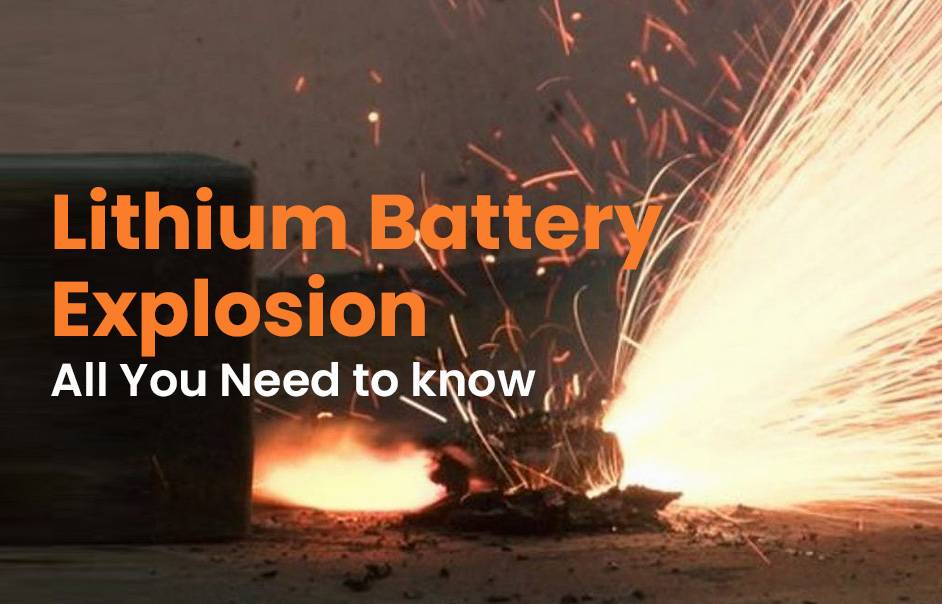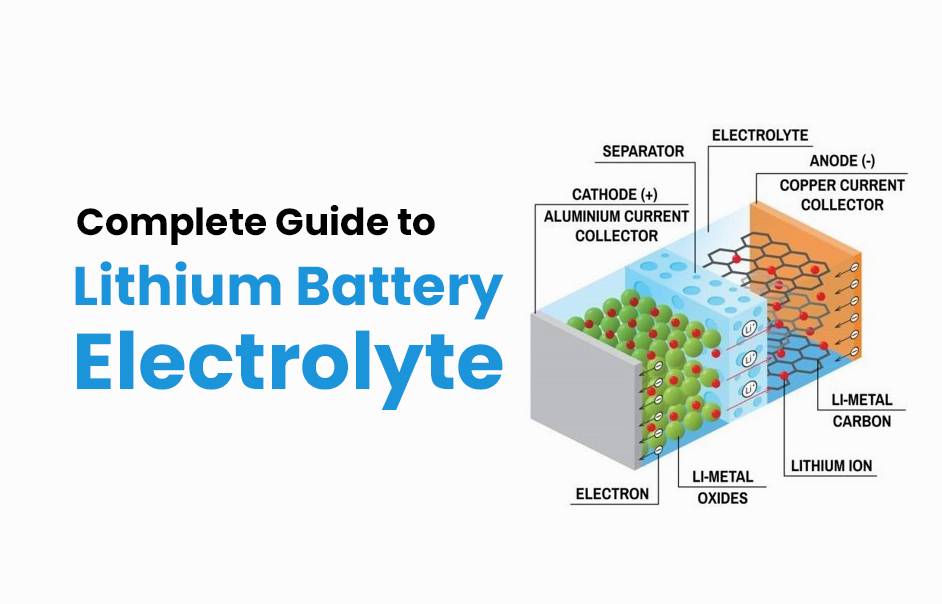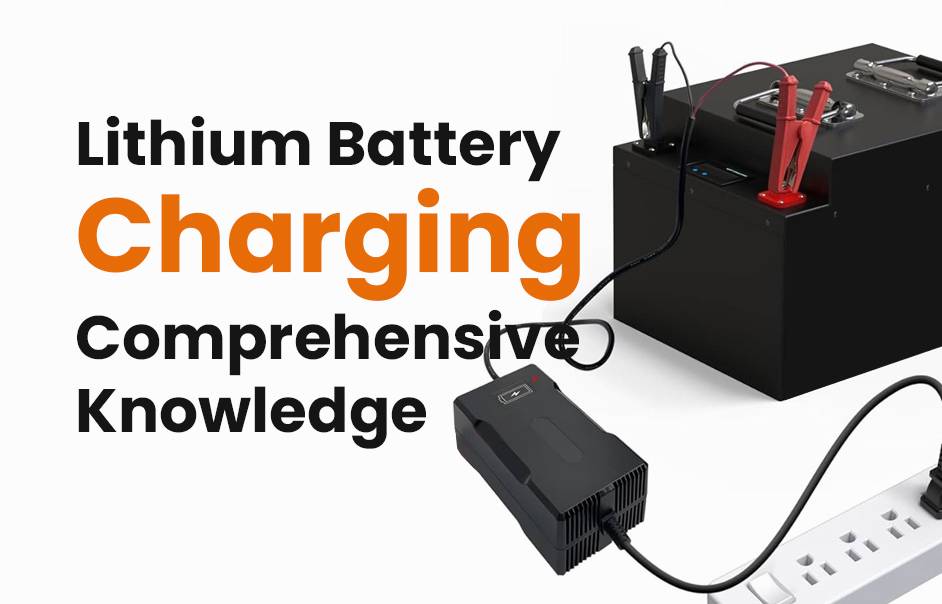- Forklift Lithium Battery
-
48V
- 48V 210Ah
- 48V 300Ah
- 48V 420Ah (949 x 349 x 569 mm)
- 48V 420Ah (950 x 421 x 450 mm)
- 48V 456Ah
- 48V 460Ah (830 x 630 x 590 mm)
- 48V 460Ah (950 x 421 x 450 mm)
- 48V 460Ah (800 x 630 x 600 mm)
- 48V 460Ah (820 x 660 x 470 mm)
- 48V 500Ah
- 48V 560Ah (810 x 630 x 600 mm)
- 48V 560Ah (950 x 592 x 450 mm)
- 48V 600Ah
- 48V 630Ah
-
48V
- Lithium Golf Cart Battery
- 12V Lithium Battery
12V 150Ah Lithium RV Battery
Bluetooth App | BCI Group 31
LiFePO4 Lithium
Discharge Temperature -20°C ~ 65°C
Fast Charger 14.6V 50A
Solar MPPT Charging - 24V Lithium Battery
- 36V Lithium Battery
- 48V Lithium Battery
-
48V LiFePO4 Battery
- 48V 50Ah
- 48V 50Ah (for Golf Carts)
- 48V 60Ah (8D)
- 48V 100Ah (8D)
- 48V 100Ah
- 48V 100Ah (Discharge 100A for Golf Carts)
- 48V 100Ah (Discharge 150A for Golf Carts)
- 48V 100Ah (Discharge 200A for Golf Carts)
- 48V 150Ah (for Golf Carts)
- 48V 160Ah (Discharge 100A for Golf Carts)
- 48V 160Ah (Discharge 160A for Golf Carts)
-
48V LiFePO4 Battery
- 60V Lithium Battery
-
60V LiFePO4 Battery
- 60V 20Ah
- 60V 30Ah
- 60V 50Ah
- 60V 50Ah (Small Size / Side Terminal)
- 60V 100Ah (for Electric Motocycle, Electric Scooter, LSV, AGV)
- 60V 100Ah (for Forklift, AGV, Electric Scooter, Sweeper)
- 60V 150Ah (E-Motocycle / E-Scooter / E-Tricycle / Tour LSV)
- 60V 200Ah (for Forklift, AGV, Electric Scooter, Sweeper)
-
60V LiFePO4 Battery
- 72V~96V Lithium Battery
- Rack-mounted Lithium Battery
- E-Bike Battery
- All-in-One Home-ESS
- Wall-mount Battery ESS
-
Home-ESS Lithium Battery PowerWall
- 24V 100Ah 2.4kWh PW24100-S PowerWall
- 48V 50Ah 2.4kWh PW4850-S PowerWall
- 48V 50Ah 2.56kWh PW5150-S PowerWall
- 48V 100Ah 5.12kWh PW51100-F PowerWall (IP65)
- 48V 100Ah 5.12kWh PW51100-S PowerWall
- 48V 100Ah 5.12kWh PW51100-H PowerWall
- 48V 200Ah 10kWh PW51200-H PowerWall
- 48V 300Ah 15kWh PW51300-H PowerWall
PowerWall 51.2V 100Ah LiFePO4 Lithium Battery
Highly popular in Asia and Eastern Europe.
CE Certification | Home-ESS -
Home-ESS Lithium Battery PowerWall
- Portable Power Stations
Can You Overcharge a Mobility Scooter Lithium Battery?
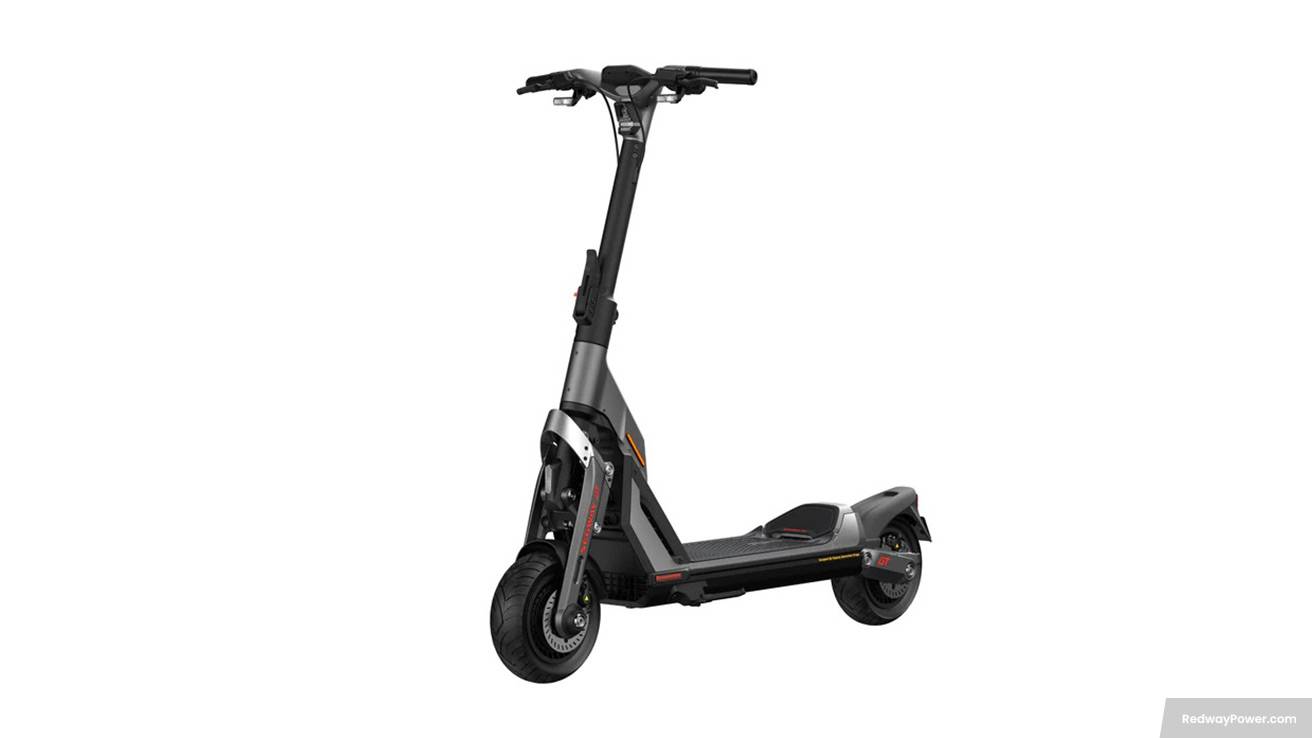
Overcharging a mobility scooter lithium battery can lead to performance issues and potential safety hazards. However, modern lithium batteries are designed with safety features that minimize this risk. Understanding how to properly charge and maintain these batteries is essential for ensuring their longevity and reliability.
What are the signs of overcharging a mobility scooter battery?
Recognizing the signs of overcharging is crucial for maintaining your mobility scooter’s battery health. Key indicators include:
- Excessive Heat: If the battery becomes unusually hot during charging, it may be a sign of overcharging.
- Swelling or Bulging: Physical deformation of the battery casing indicates increased internal pressure, often due to overcharging.
- Diminished Performance: A noticeable decrease in run time or power output can suggest that the battery has been subjected to excessive charging.
- Strange Odors: Unusual smells, such as a rotten egg scent, may indicate chemical leakage due to overheating.
| Sign | Description |
|---|---|
| Excessive Heat | Battery feels hot during charging |
| Swelling or Bulging | Physical deformation of the battery casing |
| Diminished Performance | Reduced run time or power output |
| Strange Odors | Unpleasant smells indicating potential leakage |
How does overcharging affect battery performance?
Overcharging a lithium battery can lead to several detrimental effects:
- Reduced Lifespan: Consistently overcharging can shorten the overall lifespan of the battery, leading to premature failure.
- Capacity Loss: Over time, excessive charging can cause a reduction in the usable capacity of the battery, resulting in shorter travel distances for mobility scooters.
- Safety Risks: In severe cases, overcharging can lead to thermal runaway, which poses significant safety hazards including fires or explosions.
| Effect | Description |
|---|---|
| Reduced Lifespan | Shortens overall life expectancy |
| Capacity Loss | Decreases usable capacity |
| Safety Risks | Potentially leads to thermal runaway |
What precautions can be taken to avoid overcharging?
To prevent overcharging your mobility scooter’s lithium battery, consider these precautions:
- Use Smart Chargers: Invest in chargers equipped with automatic shut-off features that stop charging when full capacity is reached.
- Follow Manufacturer Guidelines: Always adhere to the specific charging instructions provided by the manufacturer.
- Monitor Charging Time: If using a standard charger, set a timer or alarm to remind you when to unplug it after charging.
- Regular Inspections: Frequently check your battery for signs of wear or damage that could indicate potential problems.
| Precaution | Description |
|---|---|
| Use Smart Chargers | Automatically stops charging when full |
| Follow Guidelines | Adhere strictly to manufacturer instructions |
| Monitor Charging Time | Set timers to avoid prolonged charging |
| Regular Inspections | Check for wear or damage frequently |
How do lithium batteries prevent overcharging?
Lithium batteries are designed with several built-in safety features that help prevent overcharging:
- Battery Management System (BMS): This system monitors voltage and current levels during charging and discharges cycles, ensuring they remain within safe limits.
- Automatic Cut-Off: Many lithium chargers automatically switch off or reduce current flow once the battery reaches full charge.
- Temperature Monitoring: Advanced systems may include temperature sensors that halt charging if excessive heat is detected.
| Prevention Mechanism | Description |
|---|---|
| Battery Management System (BMS) | Monitors voltage and current levels |
| Automatic Cut-Off | Stops charging when full capacity is reached |
| Temperature Monitoring | Halts charging if overheating occurs |
What is the role of the Battery Management System (BMS)?
The Battery Management System (BMS) plays a critical role in ensuring the safe operation of lithium batteries:
- Voltage Regulation: BMS maintains each cell’s voltage within safe limits during charging and discharging.
- Current Control: It regulates current flow to prevent overheating and potential damage.
- State of Charge Monitoring: The BMS provides real-time data on charge levels, helping users understand when recharging is necessary.
- Protection Features: BMS includes safeguards against short circuits, over-voltage, and under-voltage conditions.
| Role | Description |
|---|---|
| Voltage Regulation | Keeps cell voltage within safe limits |
| Current Control | Prevents overheating and damage |
| State of Charge Monitoring | Provides real-time charge level information |
| Protection Features | Safeguards against electrical faults |
Why is it important to use the right charger for mobility scooters?
Using the correct charger for your mobility scooter’s lithium battery is vital for several reasons:
- Compatibility: Chargers designed specifically for lithium batteries ensure proper voltage and current levels during charging.
- Safety: Using an incompatible charger increases risks of overheating and potential damage to both the charger and battery.
- Efficiency: The right charger optimizes charging times and enhances overall battery performance.
- Warranty Compliance: Using manufacturer-recommended chargers often ensures compliance with warranty conditions.
How should you maintain your mobility scooter battery?
To maintain your mobility scooter’s lithium battery effectively:
- Regular Charging: Charge after each use, even if only for short trips, to keep it topped up.
- Avoid Full Discharges: Try not to let the battery discharge completely before recharging; aim for around 20% remaining capacity before recharging.
- Store Properly: When not in use, store your scooter in a cool, dry place away from extreme temperatures.
- Inspect Regularly: Check for any signs of damage or wear on both the battery and connections.
| Maintenance Tip | Description |
|---|---|
| Regular Charging | Charge after each use |
| Avoid Full Discharges | Recharge around 20% remaining capacity |
| Store Properly | Keep in cool, dry conditions |
| Inspect Regularly | Look for signs of damage or wear |
Tips for Battery Wholesale Buyers
For those looking to purchase batteries in bulk or OEM orders, consider these key points:
- Choose Reliable Manufacturers: Partnering with established companies like Redway Power, which has over 13 years of experience in lithium battery technology, ensures quality products.
- Understand Your Needs: Clearly define specifications based on application requirements.
- Request Samples: Before placing large orders, testing samples helps ensure product satisfaction.
By opting for advanced battery technologies over traditional options, buyers benefit from improved efficiency and reduced environmental impact.
Redway Power Expert Views
“Understanding how to properly charge and maintain lithium batteries is essential for maximizing their lifespan,” states an expert from Redway Power. “With modern technology preventing overcharging risks, users can enjoy peace of mind while ensuring their mobility scooters remain functional.”
FAQ Section
- Can I overcharge my mobility scooter lithium battery?
Modern lithium batteries have built-in protections against overcharging; however, it’s still important to use appropriate chargers. - What are signs my lithium battery is being overcharged?
Signs include excessive heat, swelling, diminished performance, and strange odors. - How long should I charge my mobility scooter’s lithium battery?
Charging times vary; typically aim for full charge within 4-8 hours depending on specific charger specifications. - Is it safe to leave my scooter plugged in overnight?
Yes, as long as you are using a smart charger designed for lithium batteries that prevents overcharging. - What maintenance does my lithium battery require?
Regularly charge after use, avoid deep discharges, store in cool conditions, and inspect periodically for any damage.
